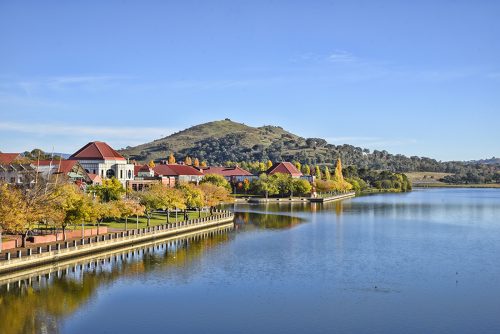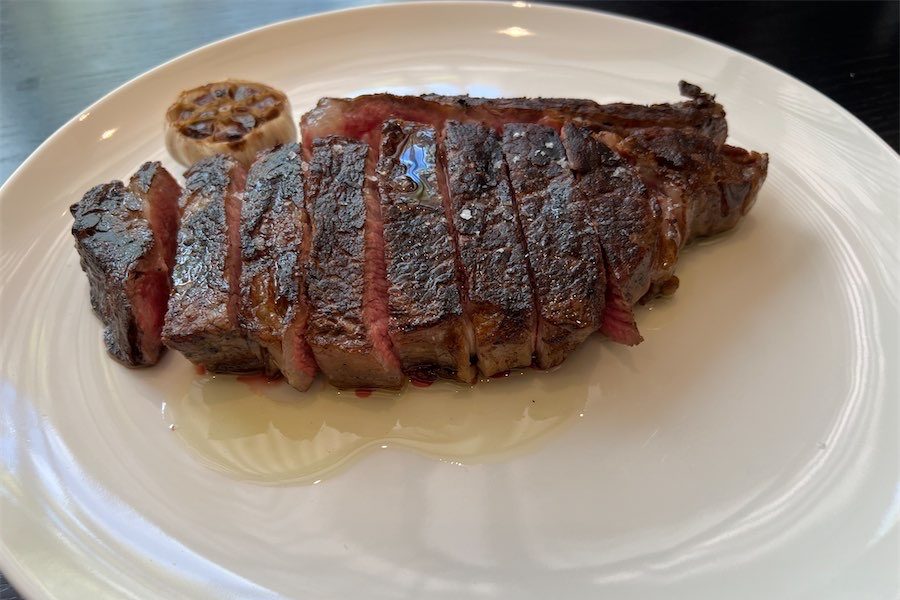
On National Wattle Day, journalist (and gardener) BEN HICKEY says there’s a lot to love about wattles
IT seems to be raining gold. First came the Olympic medals, which seemed to be a showcase for green and gold Australian uniforms, the colours of which are derived from our national flower, the Golden Wattle or Acacia pycnantha.
And now, as we celebrate this week’s National Wattle Day (September 1), spring beckons and we have the amazing spectacle of wattle plants bursting into full colour with yellow/gold blooms and green leaves.
This botanical extravaganza is occurring around the country, in deserts, woodlands, coastal areas and backyards over the next month.
Such a co-ordinated burst of vibrant colour has few matches, although the annual festival of pink, red and cherry blossoms from our ornamental trees is another spectacular side of spring.
The wattle is part of the large Acacia plant family that worldwide has more than 1200 species of trees and shrubs, usually from warm climates. Mostly evergreen, there are 700 species that are native to Australia and these range from ground covers to trees, and from soft and cuddly to prickly. Not just beautiful, their flowers are a magnet for insects and bees.

Despite the historical ties Australia has with the wattle, it is not a regular sight in most gardens. Compared with the blossoming ornamentals, the wattle is a bit unwieldy and has the decided disadvantage of being short-lived. Fast to grow, fast to die, it is sometimes said of the wattle. And not many are really suited to backyard pots.
But this is changing as plant breeders develop cultivars that maintain the wattle’s attractive features but add longevity where possible.
Unfortunately, the substantial height of some wattles, including the Golden Wattle which can grow to 10 metres in the NSW tablelands and ACT, makes them not highly suited to the compact gardens of the modern urban areas.
However smaller, manageable acacias are available. The ACT government’s “Plant Selector” website suggests a number of acacia shrubs or ground covers that are drought-tolerant and frost-tolerant and suited to Canberra.
For medium shrubs with the full-yellow flower look, there is the Snowy River Wattle or Acacia boormanii, which has silvery foliage and a round shape that can be used as a screen. Another is the Knife-Leaf Wattle, or Acacia cultriformis, which has silver-grey leaves and grows to 2.5 metres.
For small shrubs, there is the Honey Bun Wattle, or Acacia howittii dwarf, which is a compact, dense wattle growing one metre high and wide. Its flowers are pale-lemon ball shapes, and it is useful for hedging and containers. There is also the Bower Limelight Wattle, or Acacia cognata “Limelight”, which is a compact weeping dwarf form of a larger shrub.
Finally, the Prostrate Sticky Wattle, or Acacia howittii prostrate, is a graceful groundcover, or cascading plant, with green sticky pendulous foliage and great golden flowers.
Acacias usually need well-drained soil, and are subject to some pests but once established are quite hardy. Your local nursery will be able to provide advice on any alternatives, such as new cultivars, that have just reached the market.
So now let’s enjoy more gold in the Tokyo Paralympics.
Who can be trusted?
In a world of spin and confusion, there’s never been a more important time to support independent journalism in Canberra.
If you trust our work online and want to enforce the power of independent voices, I invite you to make a small contribution.
Every dollar of support is invested back into our journalism to help keep citynews.com.au strong and free.
Thank you,
Ian Meikle, editor





Leave a Reply